When you think about genomic research and sequencing genomes like it is the goal of the Earth Biogenome Project (EBP), Biodiversity Genomics Europe (BGE) or InvertOmics you have in mind all these new fancy technologies called Next-Generation, Third-generation or High-through-put sequencing. All these amazing advances in technologies allowing to sequence within a day several hundred times more DNA then I could do during my entire PhD period. However, sometimes it is also very simple tools you had get in any hardware shop we are using for our projects.
The advantages of the new sequencing technology allows to sequence almost any animal we want to. However, only very few animals are kept in culture and hence we have to go into the field to collect them. This is what we did for our different projects just now on the North Sea island Sylt. We were specifically aiming for very small animals, often called meiofauna, and that live in the space between the sand grains of marine sediments. Here I will briefly present what we are doing when we sample such animals for genomic research.

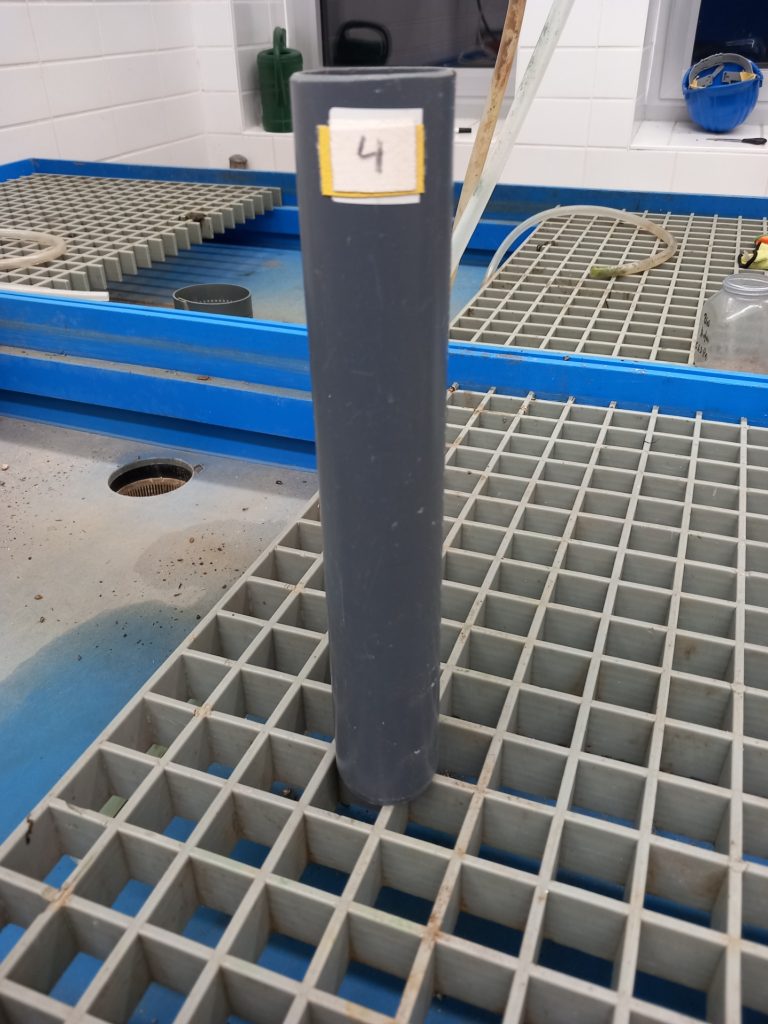
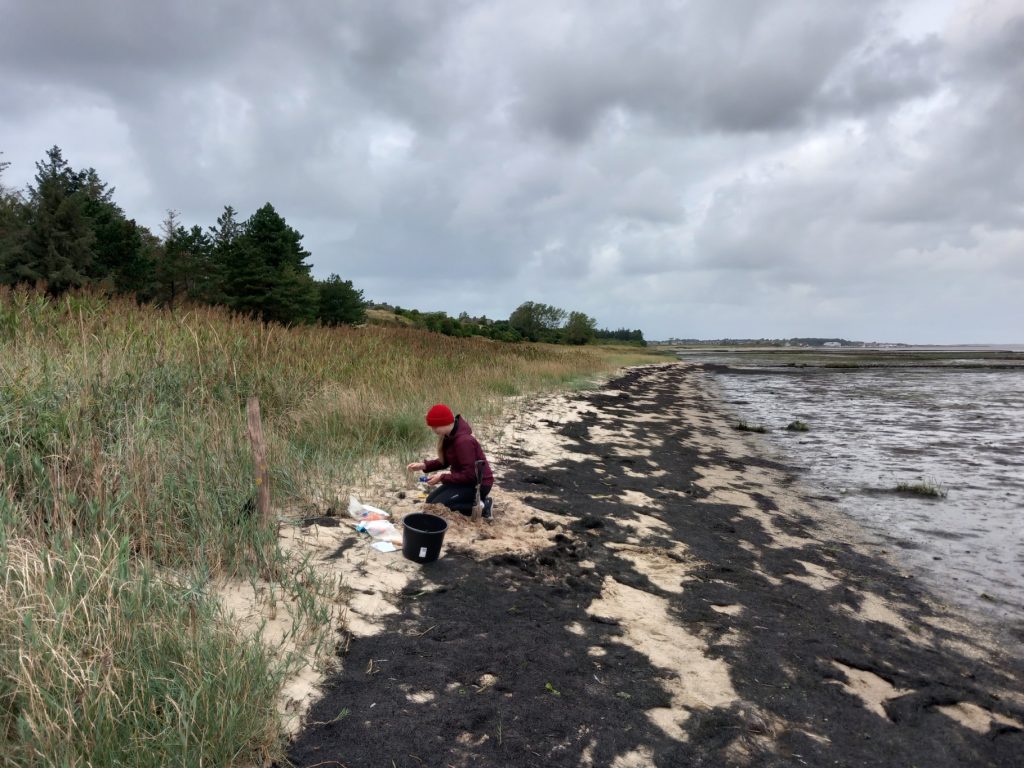
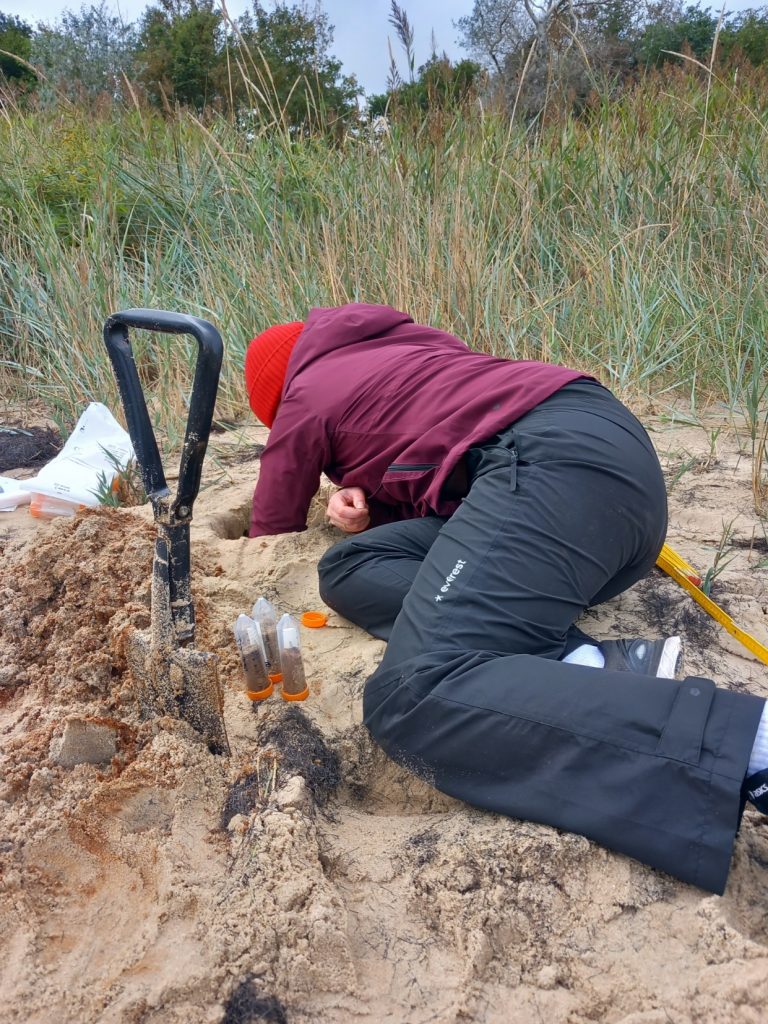


First, we go out into the field and get sediment samples. This means we dig holes in beaches with a shovel to take sediment samples from different depth at a beach we a hand-spade or something similar. The higher up the beach, the deeper we dig as we want to get to the groundwater. In the intertidal flats we also use tiny tubes to just sample the sediment around the burrows of lugworms. Finally, and this is where the masonry trowel comes into the game, we use it to scrap off the first two-three millimeters of oxygenated sediments of muddy flats on the intertidal flats to separate it from the deeper anoxic layers. Most of the animals just do not like this stinky mud full of sulfide. All these different samples are bagged into freezer bags to bring them to the lab.



We can use different methods to extract animals from the sediments, but the two most common ones used for soft-bodied animals are the seawater-ice and the magnesium-chloride method. In the first one, the sediment is filled in a tube with a sieve at the end. Then seawater ice is put on top. The animals will actively crawl down into the Petri dish below the sieve when the ice melts. They follow the temperature and salinity gradient into the dish. In the latter one, a magnesium chloride solution is given to the sediment sample, which relaxes the animals. Then they are shaken out of the sediment and collected by pouring the floating animals through a sieve.
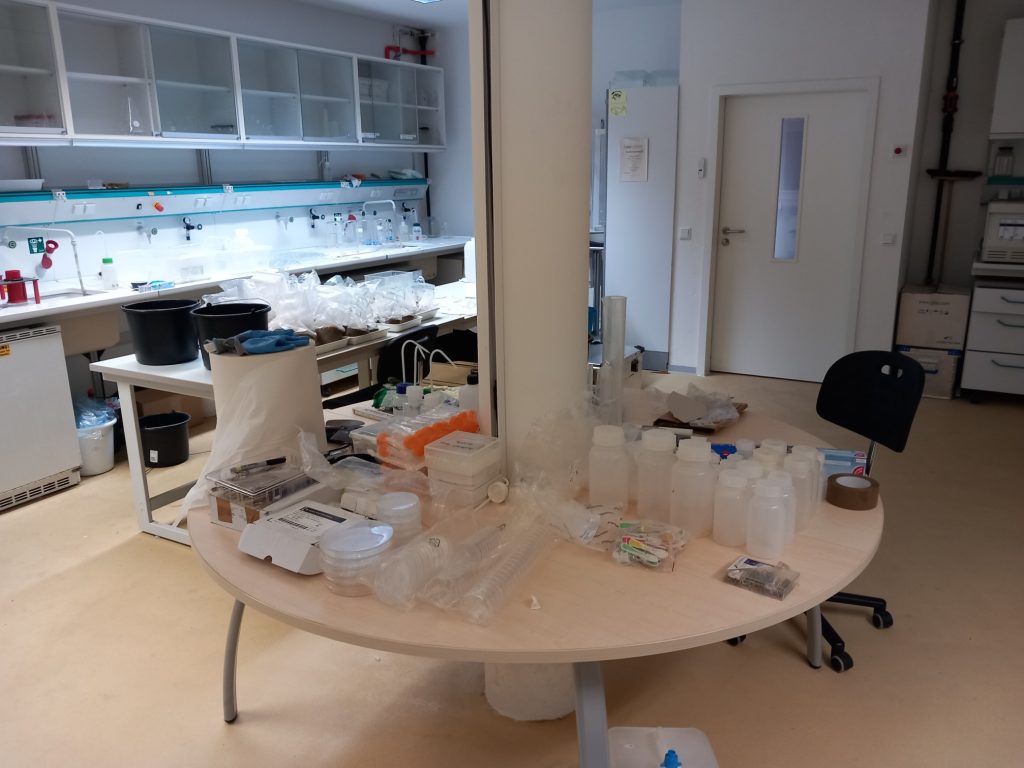
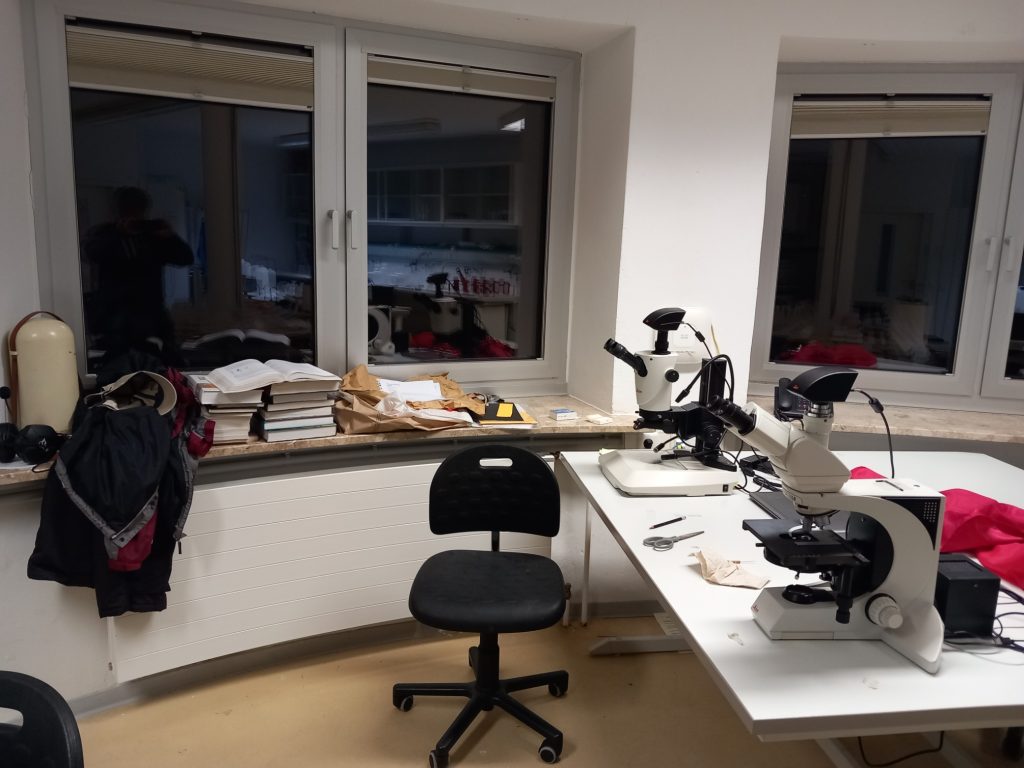

The animals are then sorted out using a stereo-microscope at a magnification of at least 20fold. Each specimen is identified using a microscope as we often need magnify certain structures substantially (for example, a 1000fold) to see the tiny differences allowing the species identification. Before, we preserve them for future genomic studies we take pictures of the specimen as the specimen will be completely used for sequencing. The picture is the only proof how the specimen looked. The specimen is then transferred into a tube to snap-freeze them in liquid nitrogen or on dry ice. Before we do this, we remove all superfluous liquids as they might hinder future experiments with the samples.
Hence, you see even genomic research can be start with basic tools and lead to great results. On the other hand, collecting meiofaunal species and specimens takes a lot of time. Taking sediment samples, extracting and sorting them from the sediment, identifying them, embedding and unembedding them for microscopy and finally siphoning off all fluids before snap-freezing can easily take 20 minutes per specimen. Hence, collecting 20 specimens as often asked for by sequencing centers takes 400 minutes or almost one working day per species.
![]()

1 Comment on “Doing genomic research with a masonry trowel”